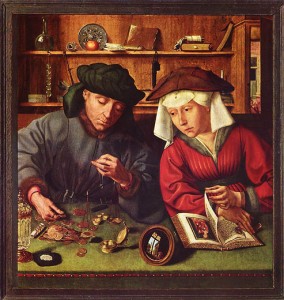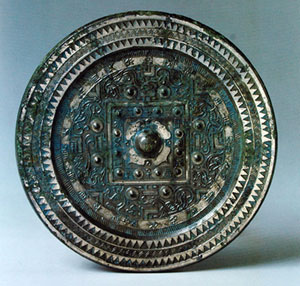I’ll meet Seongiu on Dec 9th. She’s very lovely indeed and agreed to help me out a little. I’m pretty glad. The general outline of my paper will be as follows…
1.Grunddaten bekanntgeben:
–1a. Aussehen beschreiben,
–1b. Geschichtlicher Hintergrund in Korea,
–1c. Verwendung solcher Schalen in Korea (zB trinken von makari? dieser Cidre-Art, Nationalgetränk… essen von Reis, Gerichten, usw. ganz Alltägliches)
2. Koreanische Sicht– Bewertung der Schale aus koreanischer Sicht (Einordnen: deombeong?, eingetauchte Glasur, usw…)
3. Japanische Wertschätzung der Schale (kurz fassen)
–3a. Vergleich zu Ido – Kizaemon – eine koreanische Schale ist Nationalschatz in Japan
4. Persönliche Ästhetik, Berwertung der Schale
question of heritage
Es muss generell differenziert werden zwischen:
I. In Korea hergestellter Ware
II. In Japan von Koreanern hergestellter Ware und
III. Von Japanern nach Korea in Auftrag gegebene Ware
question of use in a japanese context
Teeschalen der japanischen Teezeremonie lassen sich prinzipiell nach drei Fragestellungen betrachten:
i. Ist die Schale für koicha (dicken) oder usucha (dünnen Tee)?
ii. Ist es ein Typ der karamono (China), kōraimono (Korea), wamono (Japan) oder nambam (Barbarisch)?
iii. Wenn vorhanden, von welchem Ofen bzw. Künstler stammt das Stück?
questions i still cannot answer
– on the japanese side: what’s the primary source? where are all those fuzzy termini written down, and in which context? who made them up, and when?
– on the korean side: how mcuh were they aware that the japanese claim certain cultural values as their own and how was this being discussed by korean literati?
– on my side: what exactly is the crux of this piece,… where lies the beauty? why is it unique? and what of all that jazz is worth being written down? -_o
—
My „Korean Book of Tea“ has arrived. I am not as glad as I’m supposed to be. I’ll write a more detailled review later. Actually, the coffee table book alert is ON. Lots of white space in the pages, which I personally do not prefer to pages stuffed up with ink up to the dog’s ear.


